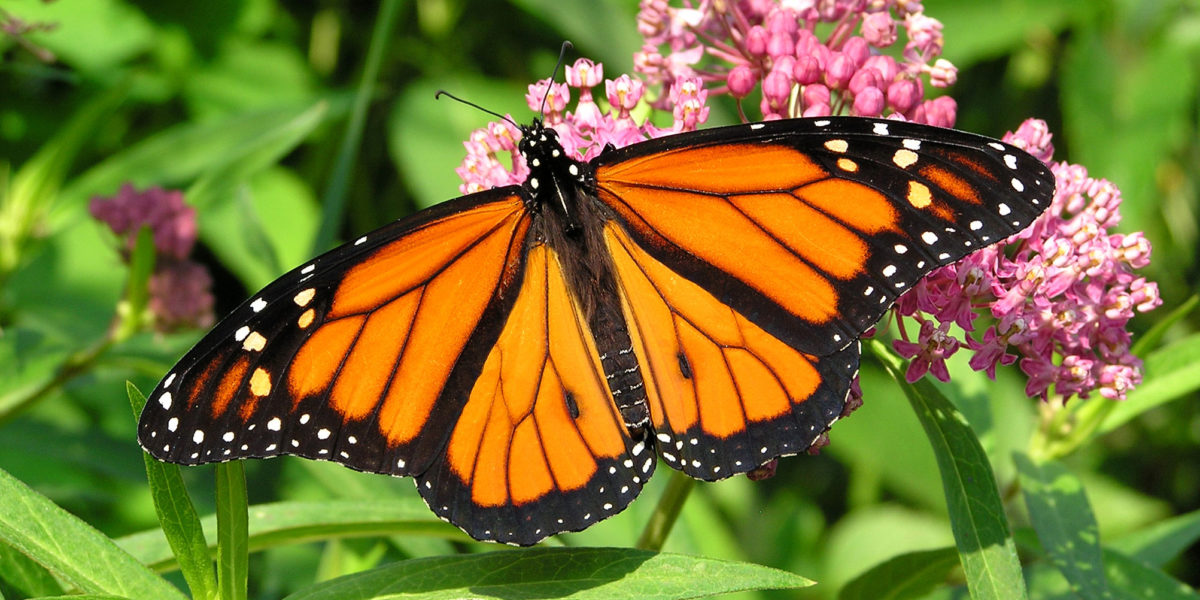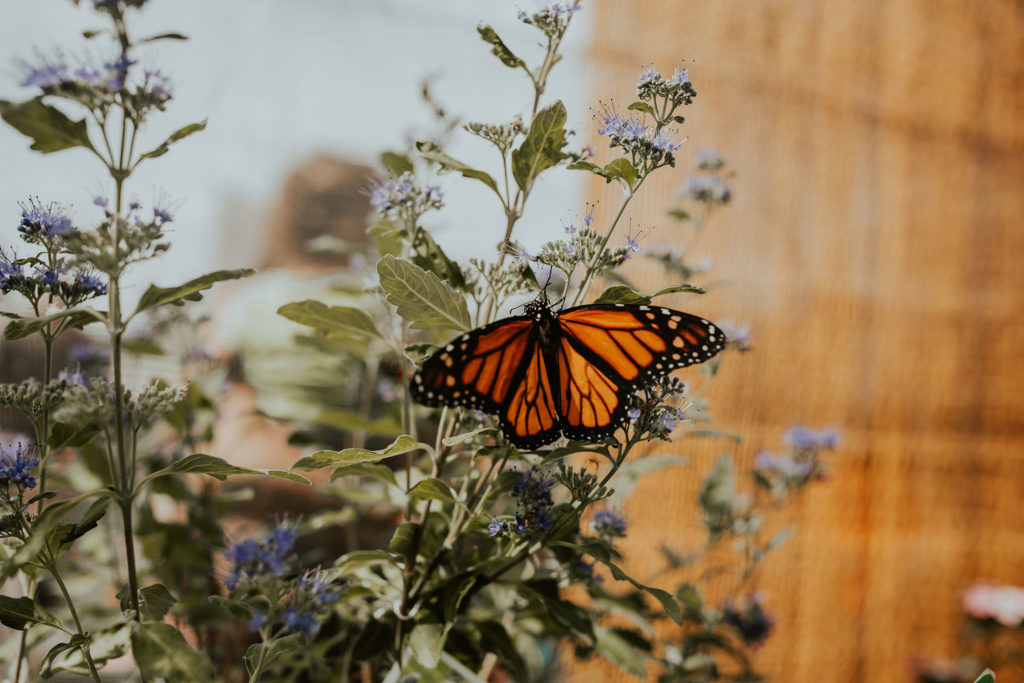
Good News, The Monarch Butterfly Population Is Growing in California
It’s the second year in a row that the numbers have been rebounding.

In a world where it seems that there’s a lot of not-so good news these days, here’s one bright spot: Researchers have announced that the Monarch butterfly population has continued to grow for the second year in a row. As part of the 26th Western Monarch Count, over 250 volunteers surveyed a total of 272 sites across coastal California and some locations in interior California and Arizona between Nov. 12, 2022 and Dec. 4, 2022. The final tally ended up being 335,479 butterflies during the Thanksgiving counting period. To put that into perspective, less than 2,000 were counted in 2020, and in 2021, nearly 250,000 were counted.
The areas that saw the most butterflies were California’s Central Coast—Santa Barbara and San Luis Obispo counties reported 130,000 butterflies. The Bay Area saw more than 8,000 butterflies reported in Alameda, Marin, and Solano counties.

Cavan Images/Getty Images
“We can all celebrate this tally,” Emma Pelton, a conservation biologist at the Xerces Society and western monarch lead, said in a press release. “A second year in a row of relatively good numbers gives us hope that there is still time to act to save the western migration. That said, we know we still have a long way to go to reach population recovery, and the storms that hit right afterwards mean we’ll start the spring with far, far less than this total.”

The Low-Water Gardening Guide
If you've been looking for new ways to save water in your garden, or want to redo it entirely, let this be the year you make it happen. Our 8-week newsletter series can show you how. Click the button below to subscribe!
Those storms in California after Thanksgiving did put the population in danger—volunteers reported seeing more monarchs on the ground and they were vulnerable to the cold weather conditions. “Small populations are particularly vulnerable to being snuffed out by extreme weather, so we are lucky these storms occurred in a relatively good year,” said Pelton. “We don’t want to count on luck alone to ensure the survival of the western monarch migration.”
As for what you can do to help keep the population growth going, the Xerces Society recommends these five steps below.
1. Plant native milkweed.
2. Plant a diversity of nectar plants, ideally native to your area.
3. Stop using pesticides, or minimize risk associated with pesticide use.
4. Call on legislators to support policies such as Recovering America’s Wildlife Act and the Monarch Action, Recovery, and Conservation of Habitat Act.
5. Contribute to community science projects that track monarchs, such as the Western Monarch Milkweed Mapper, Western Monarch Mystery Challenge, and nationwide Integrated Monarch Monitoring Program.
Read the Current Issue Here!
Get one year of Sunset—and all kinds of bonuses—for just $24.95. Subscribe now!
